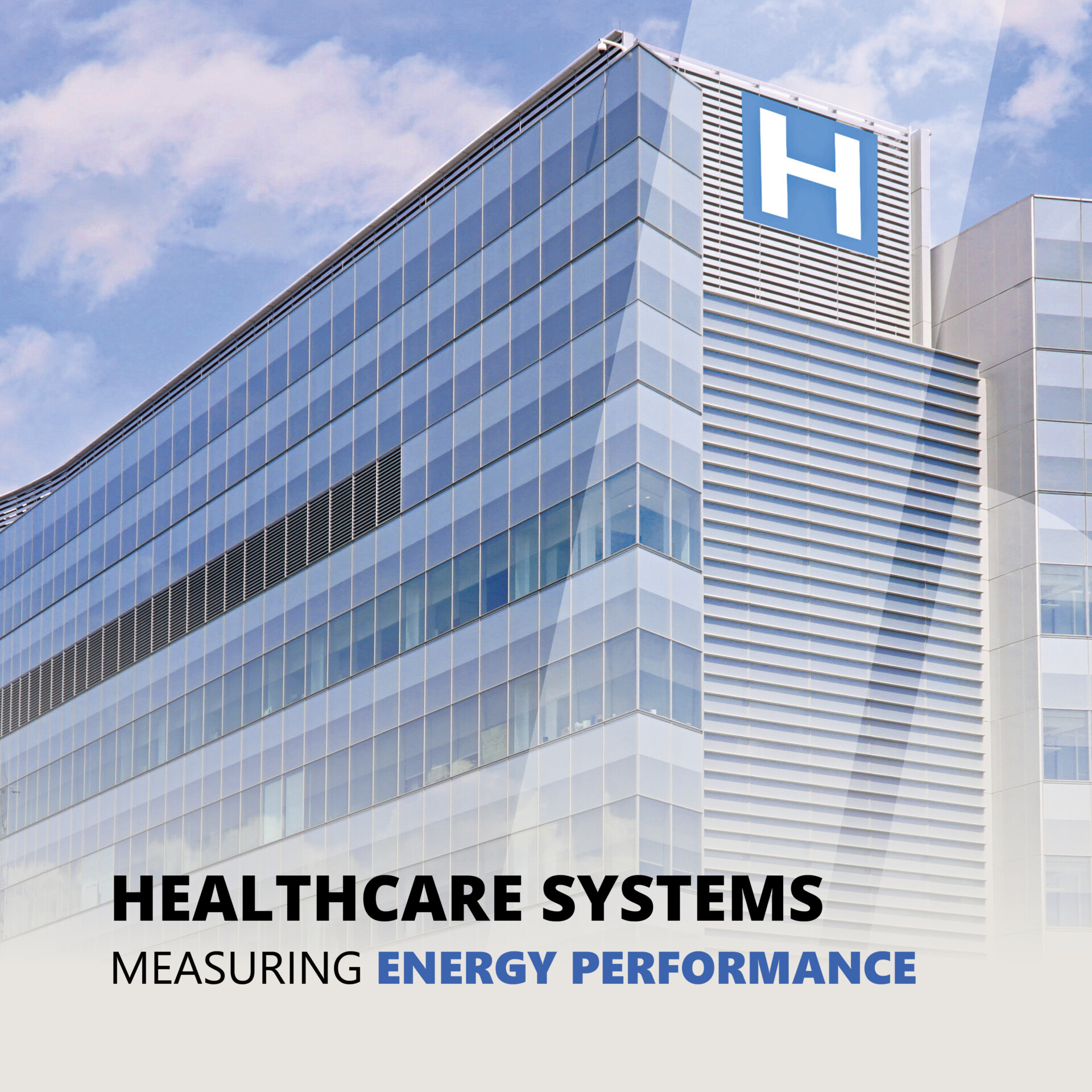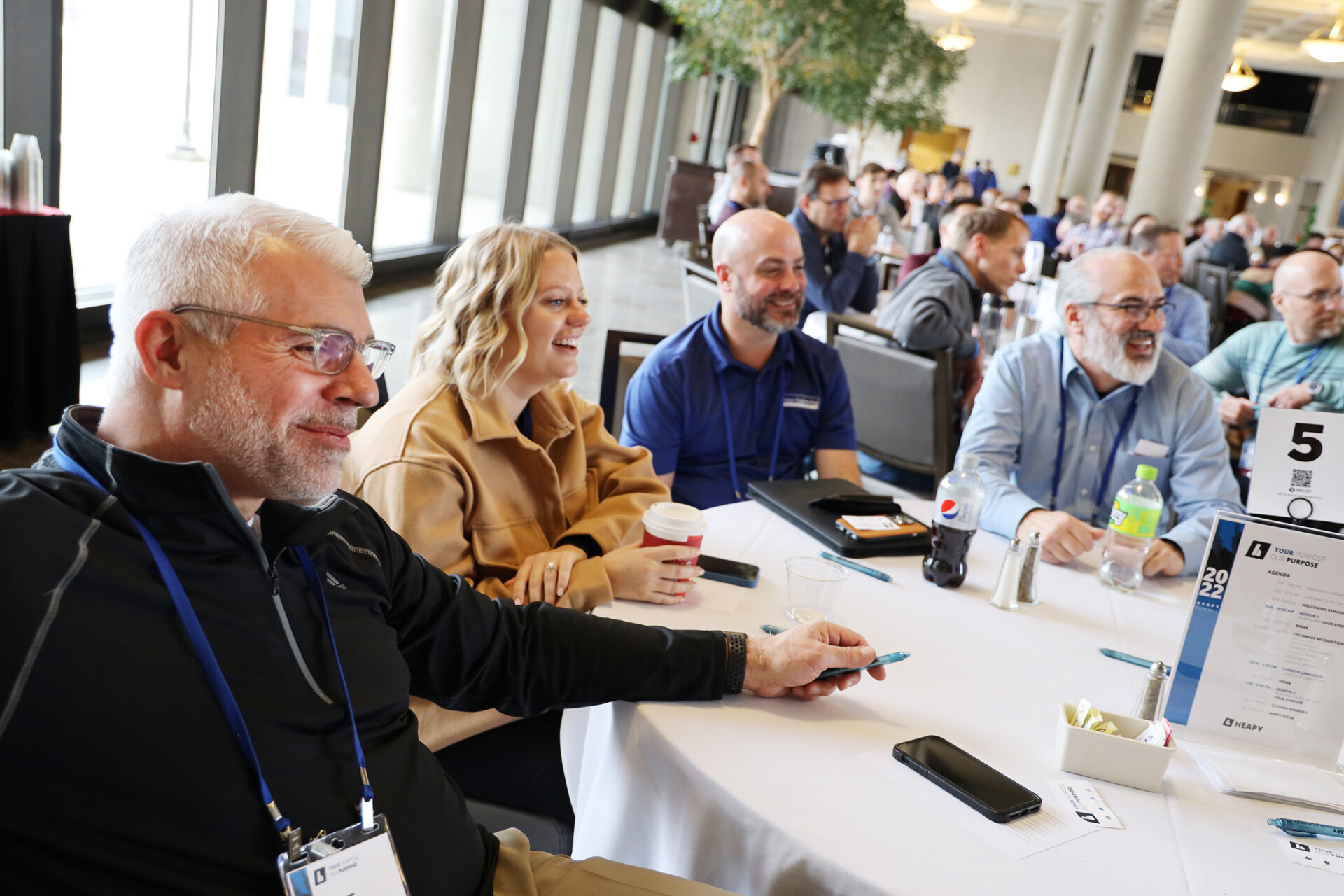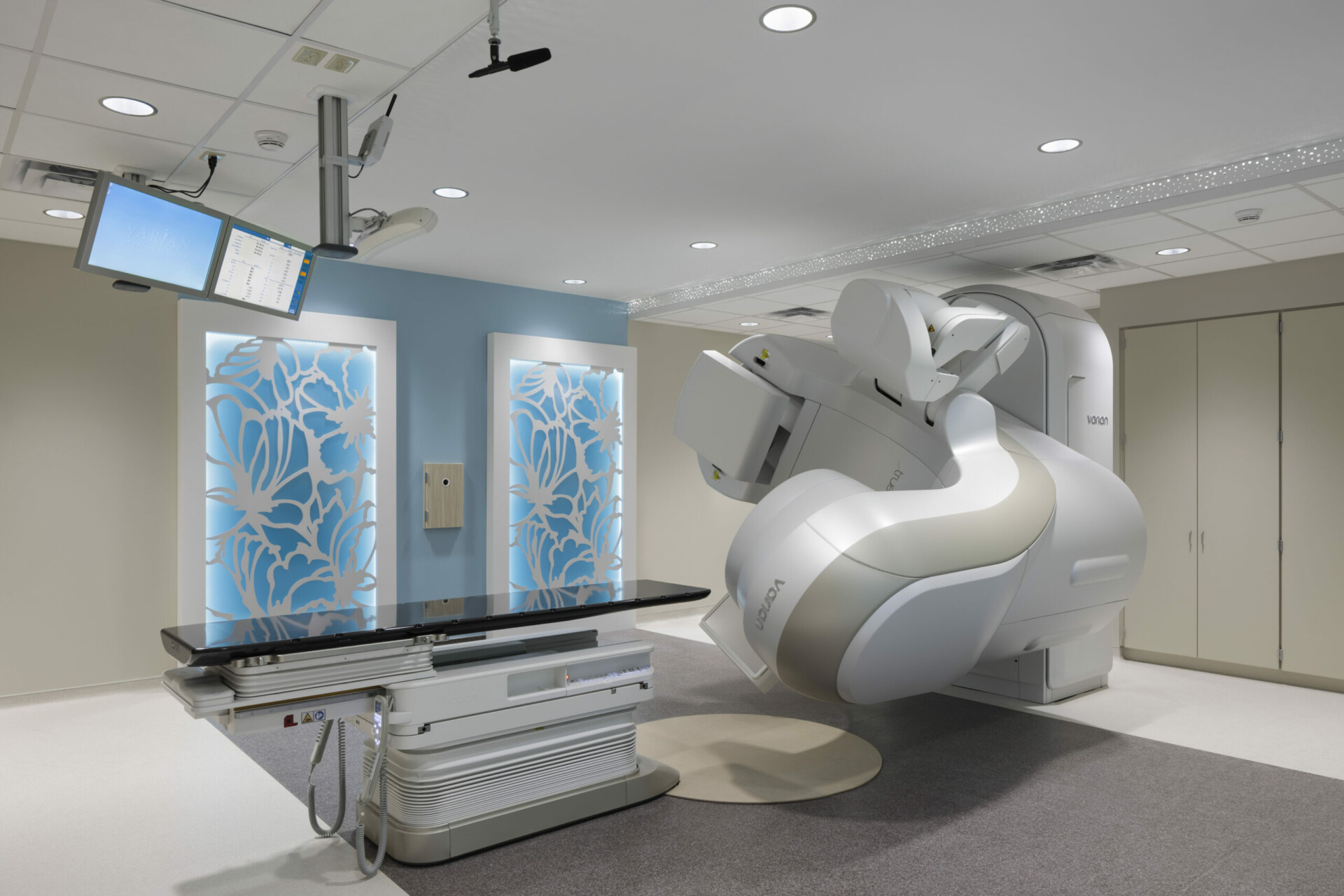
Designing a cancer center requires meticulous attention to detail, innovative thinking, and a profound understanding of the patient’s journey. At HEAPY, our experience has shown that certain pitfalls can significantly impact the effectiveness and comfort of cancer care facilities. Here, we outline the top three design challenges and our strategies for avoiding them, ensuring a healing environment for patients and a functional space for healthcare providers.
#1
Complex Design of Linear Accelerator Rooms
Pitfall
The design of linear accelerator (LINAC) rooms, or vaults, is a critical component of cancer treatment facilities. These rooms house complex machinery used in radiation therapy and require six-foot-thick concrete walls to prevent radiation leakage. A common pitfall is underestimating the complexity of the room’s design or failing to coordinate appropriately with the equipment vendor and manufacturer, leading to potential radiation leakage, equipment malfunction, or the need for expensive modifications.
“When you’re pouring six-foot-think concrete walls, there is no room for error,” Healthcare Practice Director Daric Hess said.
Solution
Early collaboration between the design team, vendors, and equipment manufacturers is essential. By working together from the project’s inception, the project team can ensure that the room meets all technical requirements while maintaining safety standards. Planning for conduit placement, room dimensions, and equipment installation from the start avoids costly redesigns and construction delays.
| For example, HEAPY helped Mount Carmel Health design a LINAC room inside a new cancer treatment center at their Grove City campus. HEAPY requested equipment data from the manufacturer early on and hosted coordination meetings with the vendor, manufacturer and the design team. |  |
The manufacturer was then asked to review drawings and provide comments prior to any documents being sent to the construction manager or contractor. This added an extra layer of quality assurance and helped prevent any costly mistakes.
#2
Mitigating Intrusive HVAC Equipment Noise & Vibration
Pitfall
Cancer centers aim to provide a serene and comforting environment for patients undergoing stressful treatments. HVAC systems, if not properly designed, can introduce unwanted noise and vibrations, disrupting the calm atmosphere and potentially affecting patient care. In addition, the interior design and aesthetic of the space can be negatively impacted by poorly installed equipment and systems.
Solution
Mechanical engineering design must support the project goals to create a healing environment. This involves strategic placement of major ductwork and the use of advanced noise-reduction technologies. This foresight ensures that spaces like infusion bays remain tranquil, supporting the overall healing process.
“Patients are going through a really tough time, probably experiencing one of the biggest challenges of their lives, so we want to create a space that makes them feel at ease and comforted,” Healthcare Project Manager Eric Laudick said. “By collaborating with the team to create an optimal HVAC configuration early in the design phase, we can prevent intrusive sounds from reaching patient areas and maintain the tranquil design of these spaces.”
| For example, HEAPY partnered with Champlin Architecture to convert an ICU into an infusion clinic for cancer patients at Merch Health The Jewish Hospital. | 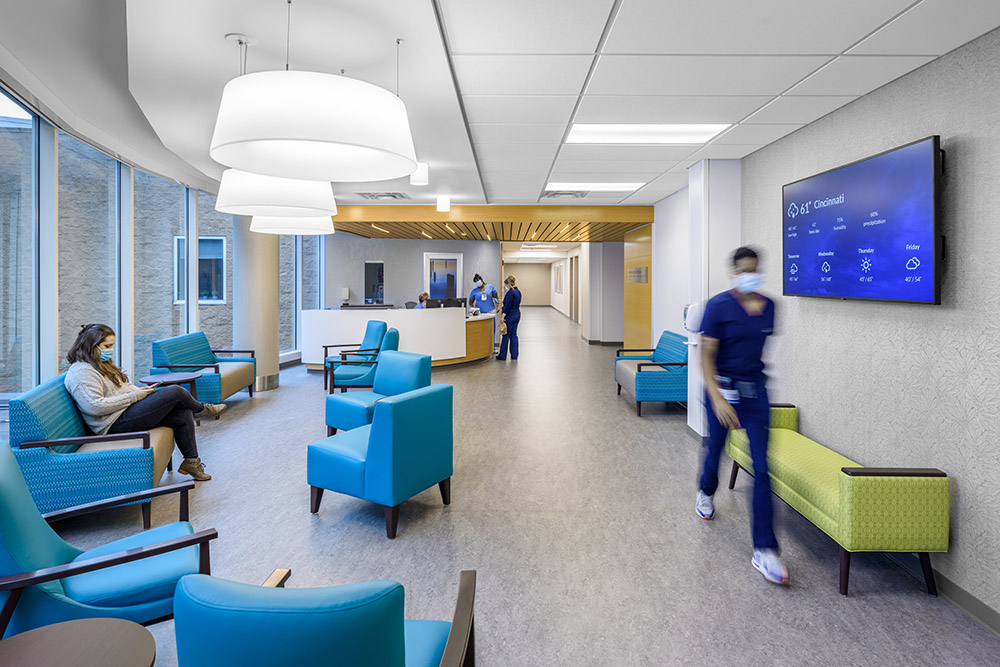 |
The team wanted to create an environment with plenty of natural light and renovate the space to offer both privacy and communal spaces. The upgraded HVAC and electrical infrastructure were relocated to open up the space and avoid noise pollution, and hallways and rooms were reconfigured to allow natural light to penetrate the space. This required creative paths for ductwork to maximize the available space in this tight renovation area.
#3
Ensuring Patient Comfort and Control
Pitfall
The physical environment plays a crucial role in the patient experience, especially for those spending long hours in treatment. A significant challenge in cancer center design is creating a space that offers patients comfort and a sense of control, while still providing all the systems necessary to deliver advanced care. Lack of natural light, reduced technology access, and an unwelcoming atmosphere can exacerbate feelings of discomfort and anxiety.
Patients have many choices when it comes to where they receive care, particularly when coping with a cancer diagnosis and treatment. Failure to create a welcoming environment or provide a healing and tranquil space will result in patients looking elsewhere for care.
Solution
To ensure patients feel comfortable, HEAPY emphasizes the importance of patient-centered design, making sure the mechanical and electrical systems are unobtrusive and take into account the impact they will have on patient and caregiver health. For example, the HVAC system is designed with multiple zones to ensure patient comfort in different spaces, and vents are located away from where patients will typically receive treatment.
| For example, At TriHealth’s Thomas Comprehensive Care Center, HEAPY partnered with GBBN to design innovative solutions for unobtrusive HVAC, electrical and technology systems that did not interfere with the soaring glass atrium and a 50-foot-high “living” green wall. | 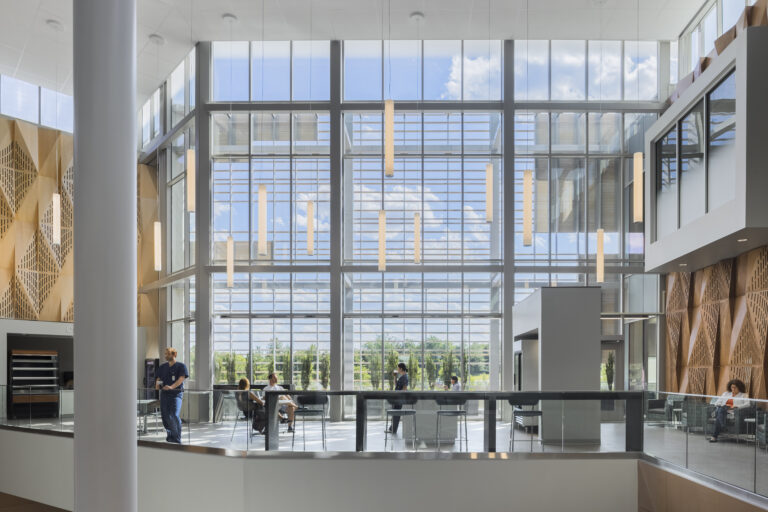 |
Providing patients with control over their surroundings, including lighting, temperature, and entertainment options, offers a sense of autonomy and comfort. Engaging with architectural partners and healthcare executives early in the planning process ensures these elements are prioritized, transforming the cancer center into a destination of choice for both patients and their families.
In conclusion, avoiding these design pitfalls requires a proactive and patient-centric approach. By focusing on the complexities of LINAC room design, mitigating noise and vibration from HVAC systems, and prioritizing patient comfort and control, HEAPY aims to redefine cancer care environments.
Through collaboration, innovation, and empathy, we can create spaces that not only meet the technical demands of cancer treatment but also support the emotional and psychological well-being of patients.
Cancer affects all people, yet health disparities persist today that negatively impact racial and ethnic minorities and lower-income populations. World Cancer Day is a global effort led by the Union for International Cancer Control to raise awareness and improve cancer prevention, diagnosis, and treatment.
Together, we can help reduce disparities and ensure that all cancer patients have equitable treatment and care.
Learn more about how you can help #CloseTheCareGap at worldcancerday.org

Daric Hess |
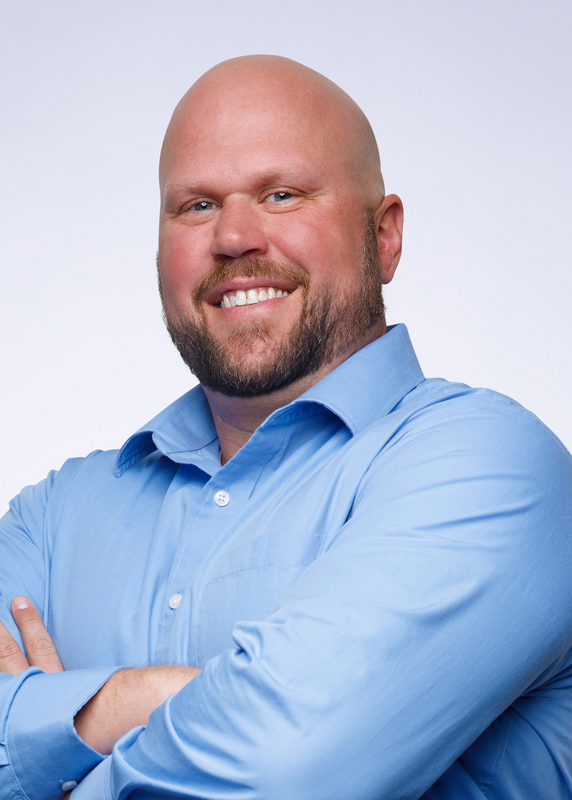 Eric Laudick Sr Project Manager Principal 937-272-7077 emlaudick@heapy.com |


